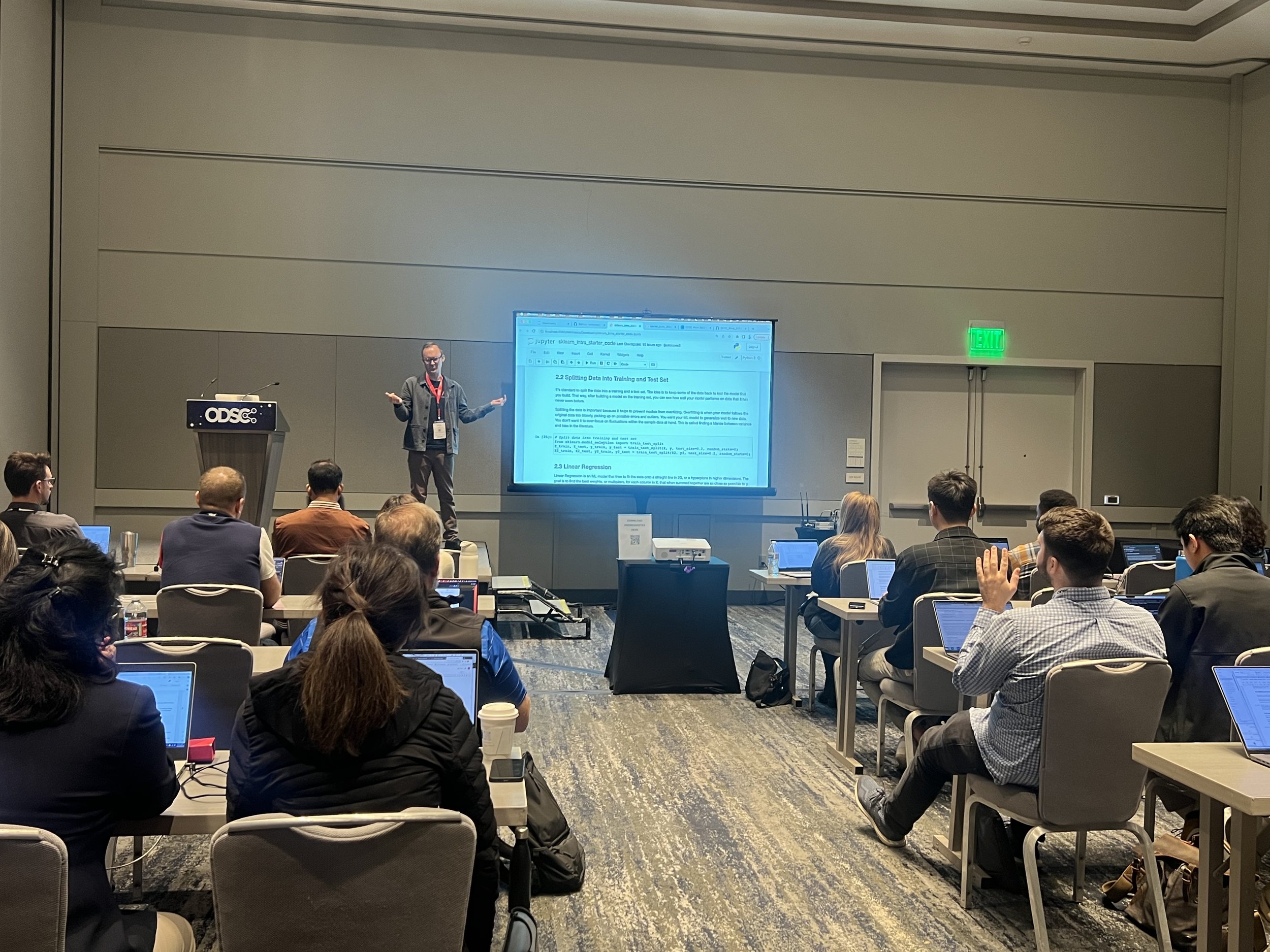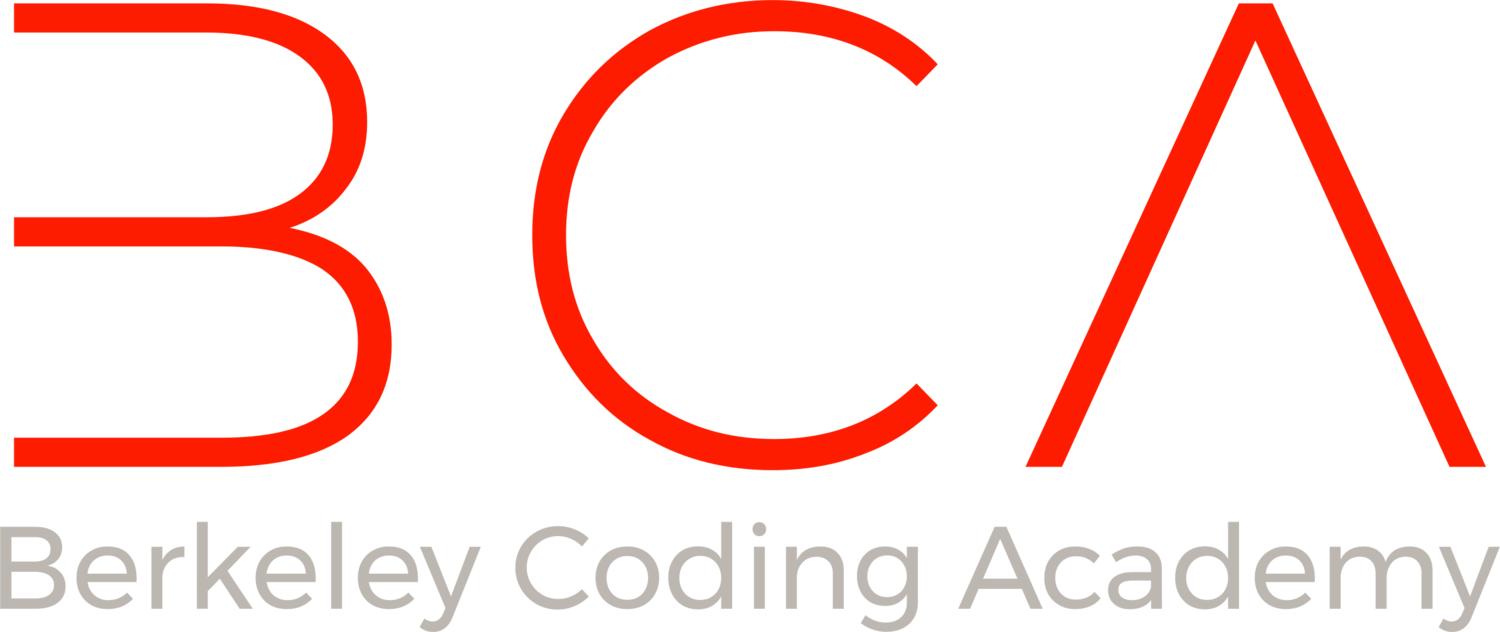
Data Science
For Teachers
Professional Development
Future dates/times TBD
For all teachers and educators interested in Data Science
Hands-on training in Python Programming, Data Analytics, Machine Learning, and AI
4K Video curriculum with slides, coding notebooks, problem sets, project guidelines
Partnership with professionals well-trained in Data Science & AI
How we’re different
-
✺
Our curriculum includes 4k video playlists on youtube with links that students can watch on their own that cover everything.
-
✺
You receive hundreds of coding notebooks, problem sets, project guidelines, lesson guides, and slides in Google Drive.
-
✺
We are founded by teachers and all material have been tested in the real classroom and over summers.
-
✺
This is a project-based curriculum with essays and problem sets to allow for multiple styles of assessments.
-
✺
We focus on the real Python code behind AI with deep dives in data visualizations and machine learning.
-
✺
Our curriculum is ever-evolving based on the real needs of industry, academia, and educators.
Core Modules
Module 1 - Python Programming
Gain proficiency coding in Python. With a focus on Python functions, solve problems in computer science using types, lists, loops, conditionals, dictionaries, and more.
Module 2 - Data Analytics
Analyze real data using the pandas, seaborn, matplotlib, and numpy libraries. Build professional data visualizations from scratch using Python and prepare data for machine learning.
Module 3 - Machine Learning
Make predictions from real data using machine learning algorithms in sklearn. Linear Regression, Logistic Regression, K-Nearest Neighbors, Decision Trees, Random Forests, and XGBoost are included. (Deep learning modules are part of our advanced curriculum.)
Lead Instructor
Berkeley Coding Academy program director Corey Wade is an educator with over 20 years of experience in the classroom. He teaches Data Science and Intro to Programming at the Independent Study Program of Berkeley High School during the school year, and Data Science: The AI Journey at Berkeley Coding Academy during the summer. His lessons in Python, Data Science, and Machine Learning have been featured in conferences, articles and books including The Python Workshop, and Hands-on Gradient Boosting with XGBoost and Scikit-Learn.
First and foremost, Corey is a classroom teacher. He has taught all math classes for the Berkeley Unified School District. He previously went back to school to obtain a Data Science certificate at Springboard and worked in industry developing a data science community college curriculum with Pathstream before returning to the classroom to teach full-time.
Corey is excited to educate teachers so that more students can learn the code behind AI. He wants to help build a world in which all educators learn how to program so that all students become empowered in an AI-driven world.
Next Steps
If you would like to be a part of our upcoming PD offerings, please fill out the following Google Form.





